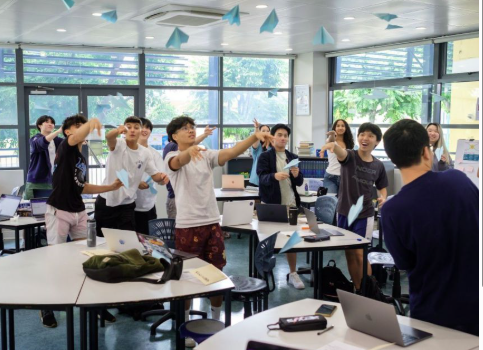As classrooms become more diverse, educators are increasingly called to design learning experiences that reflect and respect students’ cultural backgrounds. Personalized learning—centered on individual strengths, needs, and interests—can be a powerful tool to support this goal. In 2025, implementing personalized learning with cultural responsiveness in mind helps foster inclusion, equity, and academic success for all learners.
Understanding Cultural Context in Personalized Learning
Culture influences how students learn, communicate, and engage with content. Personalized learning works best when it acknowledges and honors these differences. A culturally responsive personalized learning approach ensures that students see their identities, histories, and experiences reflected in the learning process.
Why Cultural Context Matters
- Enhances student engagement and motivation by making learning relevant and meaningful.
- Builds trust and stronger relationships between educators and students.
- Supports language development and diverse learning styles.
- Promotes equity by recognizing and valuing every student’s background.
Strategies for Culturally Responsive Personalized Learning
- Know Your Students Deeply
Use surveys, interviews, and classroom conversations to learn about students’ languages, traditions, values, and learning preferences. This understanding forms the foundation for designing personalized experiences. - Incorporate Culturally Relevant Content
Include diverse voices, histories, and perspectives in lessons and materials. Literature, case studies, and examples should reflect the backgrounds of your students. - Support Multilingual Learners
Offer language scaffolds, translated materials, and bilingual support when possible. Encourage students to use their home languages as a bridge to new learning. - Create Flexible Paths to Success
Allow students to demonstrate understanding in various ways—presentations, visuals, writing, or storytelling—that align with their cultural strengths. - Respect Family and Community Input
Involve families in the learning process. Invite input about cultural practices and educational values that may shape student needs and expectations. - Train Educators in Cultural Awareness
Provide professional development that helps teachers recognize their own cultural assumptions and develop strategies for inclusive instruction. - Foster a Safe and Inclusive Environment
Celebrate diversity in the classroom and ensure that all students feel respected, valued, and heard. Psychological safety is essential for personalized learning to be effective.
Global Applications and Local Sensitivities
Personalized learning can be adapted across countries and communities by respecting local customs, languages, and educational priorities. Whether in urban schools with multilingual classrooms or rural areas with indigenous populations, educators can tailor personalized learning models to fit cultural contexts while maintaining academic rigor.
Looking Ahead
In 2025 and beyond, personalized learning across cultural contexts is not just about academic achievement—it’s about belonging. When students see their identities affirmed in their learning environment, they are more likely to engage, persist, and succeed.
By integrating cultural understanding with personalized learning strategies, educators create spaces where every student can thrive, contribute, and feel proud of who they are.














